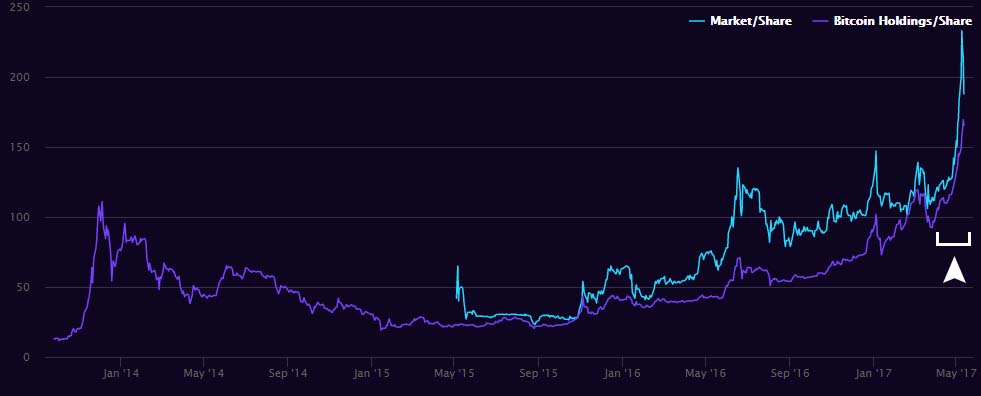Chris Corey from Markethive attended an open casting call in Detroit's Hope Hall to bring Markethive into the Shark Tank

Shark Tank is a TV show where entrepreneurs come into a room and pitch a panel of “Sharks” or investors to raise money for their idea.

Pitching Shark Tank has been one of my goals since I had seen the first episode. The chance to stand in front of a room of skilled investors as you try to convey your vision for your company in such a way that, they too capture and embrace your dream.
I have always loved the quote " you don't know, what you don't know" as I have watched hundreds of episodes of Shark Tank I have gained a deeper insight into business from each episode. To be brought into the show via my television, to be able to experience the minds of true professional investors is worth its weight in gold. Shark Tank, in my opinion, has done two things. One, allows its viewers to gain great insight into what investors look for in companies while allowing you to better prepare for the type of information they are looking to extract. Two, they allow you to see how they themselves would change a feature about the product or the look of the packaging to increase sales. Nowhere else can you gain this knowledge, without having a company and pitching yourself. Still, the knowledge gained from one live pitch yourself in comparison to the knowledge gained from watching hundreds of pitches is like comparing Earth to the size of our Sun.

Entrepreneurs who make it onto a "Shark Tank" episode have the opportunity to introduce their company to a viewing audience of 7 million potential customers.
The companies that land a deal with one or more of the show's investors then have the chance to scale and, in some cases, become a nationally recognized brand.
We looked through old episodes and asked the Sharks themselves about their most successful deals. Read on to learn about the biggest "Shark Tank" success stories so far.

Scrub Daddy
A sponge company has far and away become the biggest "Shark Tank" success story. Over the past three years, Scrub Daddy has brought in a total of $75 million in revenue, according to investor Lori Greiner.
Greiner made a deal with its founder and CEO, Aaron Krause, in Season 4 for $200,000 in exchange for 20% equity. At that point, Krause had struggled to reach $100,000 in sales over 18 months, but Greiner saw great potential in the company's signature offering, a proprietary smiley-faced sponge that was more durable, hygienic, and effective than a traditional one.
She helped Krause expand his product line and brought them onto QVC and into stores like Bed, Bath & Beyond, where they have become bestsellers.
Shark Tank highlights entrepreneurs who are seeking an investment to expand or launch their business or product. Fervent business owners pitch their idea to the sharks, a panel of savvy investors and business gurus who are self-made millionaires and billionaires. If the sharks like what they hear they may invest their own money, and if they aren’t impressed they can be ruthless in teaching the entrepreneurs a hard lesson or exposing weaknesses within a business, product, or concept. The pitches can be quite dramatic as hopeful and passionate entrepreneurs put it all on the line, sometimes collapsing under the pressure of fast-paced negotiations and even breaking down in tears. In this fantastic whirlwind of television mania, some products are torn apart and spit out by sharks while others create a feeding frenzy. For those that make it out alive, appearing on the Shark Tank can accelerate success wildly fast.
In reality, most pitches last for a grueling hour or more but are edited down to make entertaining ten-minute television segments. The entrepreneurs must convince the sharks to invest the full amount of money they are asking for, or more, or they leave the tank without a deal. The deals reached on the show are preliminary agreements and are not binding until the sharks do their due diligence in checking out the entrepreneur and claims made in the pitch. Some deals actually fall apart behind the scenes and some may be altered. In any case, all the businesses that appear on the show get the unique opportunity to stand in the spotlight as 8 million viewers watch their enthusiastic and heartfelt pitch. The exposure from the show creates a rapid acceleration of product sales and interest in the featured businesses, crashing websites with a bombardment of sudden traffic, stripping companies of their inventory, and turning start-ups into multi-million dollar companies practically overnight. This boom in growth and product sales has come to be known as the Shark Tank Effect.
Chris Corey Markethive

Contributors:
http://www.businessinsider.com
Images from Printerest
Alan Zibluk – Markethive Founding Member






